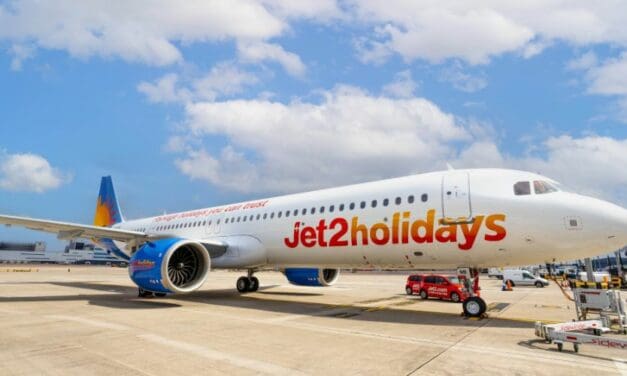A damning report into a power outage on Viking ocean cruise ship Viking Sky claimed that the vessel should never have left Tromso in Norway two days before the incident.
The report from the Norwegian Safety Investigation Authority was highly critical of the cruise line and its operational managers, and also said the design, the Fincantieri shipyard and the classification society had a role in the incident.
Exactly five years ago today, the then two-year old Viking Sky blacked out during a severe Norwegian coastal storm, losing all propulsion and steering.
Conditions were too bad to evacuate the 1,374 passengers from the ship, which was left to drift and came within 200 metres of running aground.
The NSIA said the incident on 21 March 2019 ‘had the potential to develop into one of the worst disasters at sea in modern times’.

Fortunately, the captain was able to steer the ship into deeper water when power was restored and more than 400 passengers were airlifted by helicopter.
However, many of the passengers suffered broken bones and injuries.
The NSIA said the root cause of the incident was a lack of lubricating oil in the ship’s tanks, causing the system to lose pressure as its pitched and rolled in the storm.
It said there were also possible SOLAS (Safety of Life at Sea) violations, highlighting operational, technical and organisational safety issues in its 158-page report.
It called on the International Maritime Organization and the International Association of Classification Societies to take action to prevent such an incident happening again.
NSIA said the cruise ship should never have departed Tomso two days before the incident since one of its four diesel generators was unavailable.
It alleged the ship didn’t have the redundancy required under the Safe Return to Port regulations, did not comply with applicable safety standards, and did not meet SOLAS regulations on issues such as the lube oil sump tank design.
Additionally, the report said the design did not meet the engine manufacturer’s recommendations.
The Norwegian Maritime Authority agreed with much of the report, including the fact that insufficient oil was the root cause, but it disagreed Viking Sky did not comply with international SOLAS regulations.
“As long as the ships have operated with a higher level of oil in the lubrication tanks, there have been no instances of a drop in oil pressure or blackout,” it said in its response to the report.
It argued that even if the fourth generator had been out of order, Viking Sky would likely have still have had problems due to the overall lack of oil.
NSIA issued a total of 14 safety recommendations, including that Fincantieri review and strengthen its design process to ensure the lube oil sump tanks are in SOLAS compliance.
It also recommended that classification body Lloyd’s Register review and strengthen its approval process, and that Viking and take action to ensure compliance with SOLAS and review its oil monitoring system.
A Viking spokesperson said: “We have received the NSIA report with the results of their investigations into the Viking Sky incident which took place 5 years ago. As we do with every vessel in our ocean fleet, we will defer to the expertise and guidance of the Norwegian Maritime Authority and our classification society, Lloyd’s Register.
“They have both confirmed that the vessel meets all required safety standards. We continue to reiterate the importance of operating our vessels so that the safety and wellbeing of our guests and crew will always be given top priority.”
The ship yard Fincantieri said in a statement: “Fincantieri has already submitted and shared its stance with the Norwegian Safety Investigation Authority (NSIA). This position underlines Viking Sky’s full compliance with all class (SOLAS) requirements, dismissing the wrong assumptions made by the NSIA. It is worth noting that such wrong assumptions have been rejected also by the Norwegian Maritime Authority itself in its official statement issued on March 19, 2024.
“All systems aboard the vessel have been meticulously designed and commissioned in alignment with Class Regulations and, where specific regulations are absent, with the operational preferences of the shipowner. Despite this, upon being informed of the incident, Fincantieri promptly provided support to Viking both during and after the event.
“It is crucial to highlight that the NSIA’s assumption misguidedly attributes the possible causes of the incident. The primary and overwhelming cause was the incorrect filling level of the oil tanks, leading to a loss of suction, as agreed also by the Norwegian Maritime Authority in its official statement above referred to.
“Despite Fincantieri bearing no responsibility for the incident, the company acknowledges the report and commits to examining the recommendations put forth by the NSIA. This examination will involve collaboration with all stakeholders to assess further potential actions regarding future projects.”














